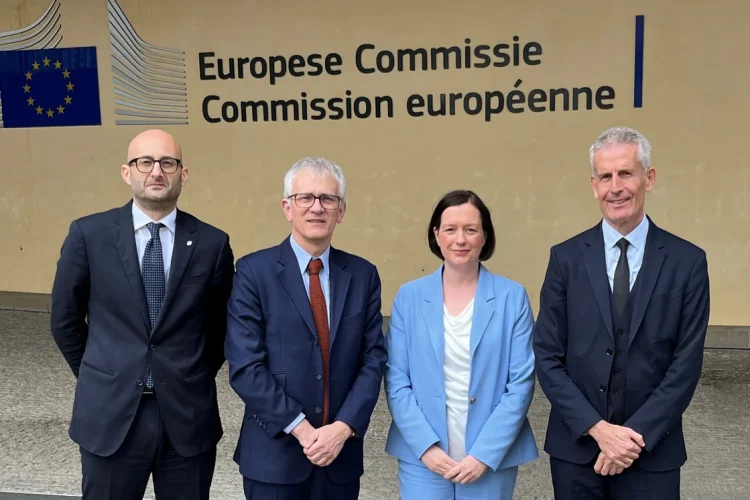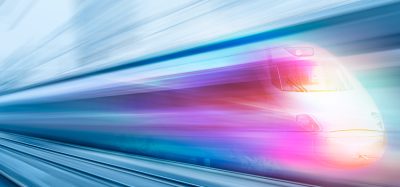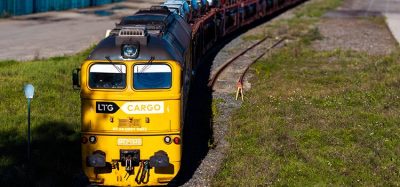Rail leaders back European plan to deliver connected, fast and sustainable high-speed train network
Posted: 16 April 2025 | Gabriel Higgins | No comments yet
European rail executives push for a unified high-speed network, calling for fair policies, investment, and seamless ticketing across borders.


Credit: CER. Left to Right: Gianpiero Strisciuglio (CEO, Trenitalia), Alberto Mazzola (Executive Director, CER), Anja Schöllmann (Member of the Board, DB Fernverkehr AG), Alain Krakovitch (Director, SNCF TGV Intercités) | Photo credit: CER
Three senior executives and the Executive Director from the Community of European Railway and Infrastructure Companies (CER) participated in the European Commission’s Implementation Dialogue on High-Speed Rail. Hosted by Commissioner for Sustainable Transport and Tourism, Apostolos Tzitzikostas, the meeting brought together key voices from Europe’s railway sector.
Details on Europe’s high-speed rail plans
Representing the continent’s major operators were Gianpiero Strisciuglio, CEO of Trenitalia, Alain Krakovitch, Director of SNCF TGV Intercités, Anja Schöllmann, Member of the Board at DB Fernverkehr AG, and CER Executive Director Alberto Mazzola.
High-speed rail (HSR) is growing in popularity among European travellers due to its speed, comfort, and sustainability. It encourages modal shift from road and air to rail, increases capacity on conventional lines, and strengthens connectivity. With better integration into regional networks, HSR enhances economic and social cohesion. If widely implemented, it could capture up to 54% of long-distance travel in Europe by 2070.
CER members used the dialogue to share experience and stress the need for unified European action. They are calling for a real European High-Speed Network, linking capitals and major cities with new lines above 250 km/h and upgraded lines over 200 km/h. Key priorities include cross-border interoperability, standardised ticketing through the Open Sales and Distribution Model (OSDM), fair taxation, and sustainable investment strategies. Public-private funding models, such as PPPs and Regulatory Asset Base (RAB) frameworks, will also be essential.
Rail leaders’ statements on Europe’s high-speed rail plans
Alberto Mazzola said: “High-speed railway networks enhance efficiency and represent significant strides towards sustainable mobility… With the right political decisions, CER members are confident they will provide commercially viable services to all continental EU capitals and major cities.”
Gianpiero Strisciuglio added: “Integrating the Open Sales and Distribution Model (OSDM) into EU interoperability standards is a key step to simplify ticket distribution.”
Alain Krakovitch called for policy measures that create “a level playing field,” including VAT exemptions and kerosene taxation.
Anja Schöllmann highlighted the need to “accelerate certification through the European Union Agency for Railways” and ensure ERTMS deployment to improve interoperability.”
Related topics
Digitalisation, European Rail Traffic Management System (ERTMS), European Train Control System (ETCS), Funding & Finance, High-Speed Rail, Interoperability & Liberalisation, Passenger Experience/Satisfaction, Regulation & Legislation, Smart/Contactless Ticketing, Sustainability/Decarbonisation, The Workforce
Related organisations
Community of European Railway and Infrastructure Companies (CER), DB Fernverkehr AG, European Commission, European Union Agency for Railways, SNCF TGV Intercités, Trenitalia








